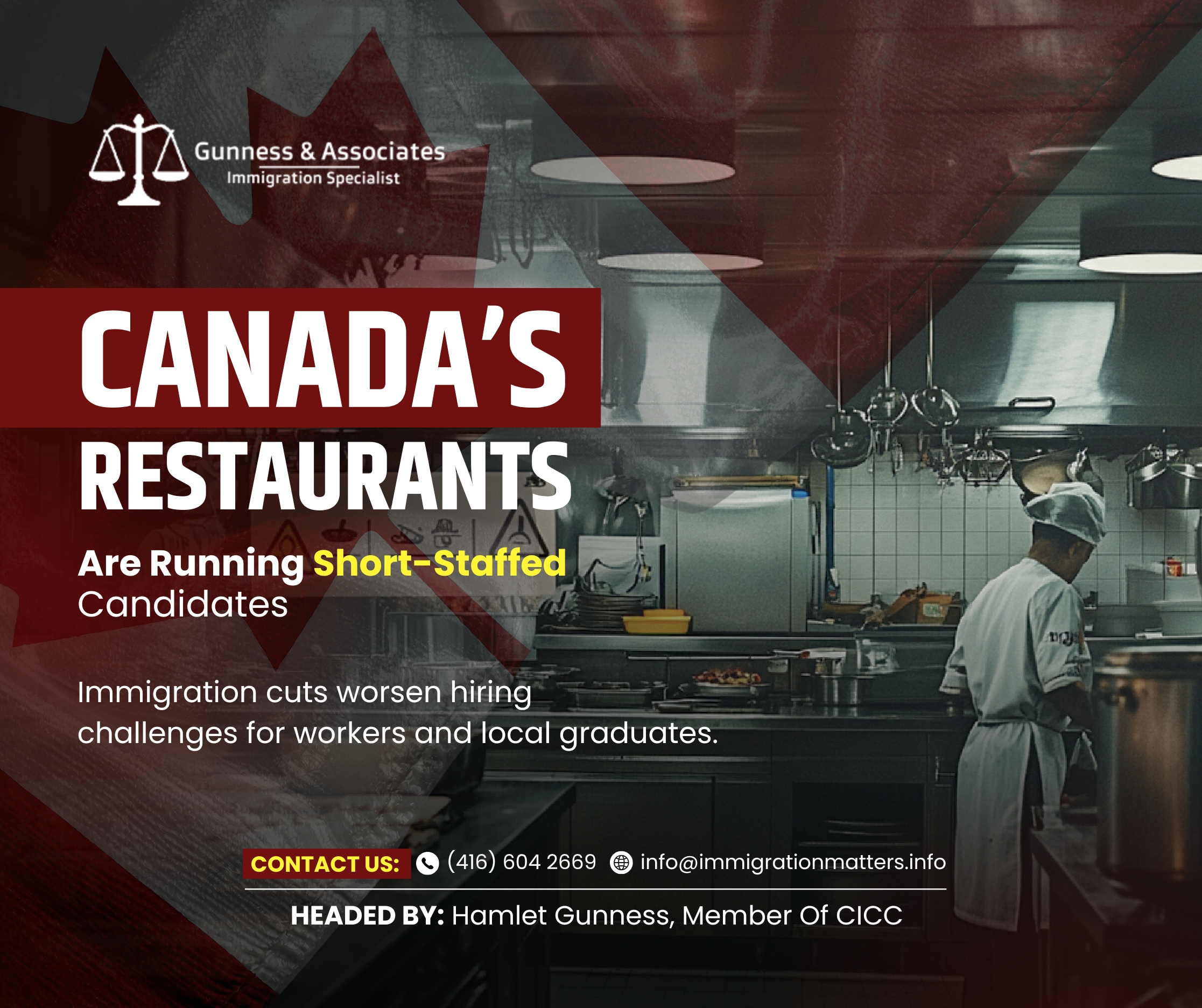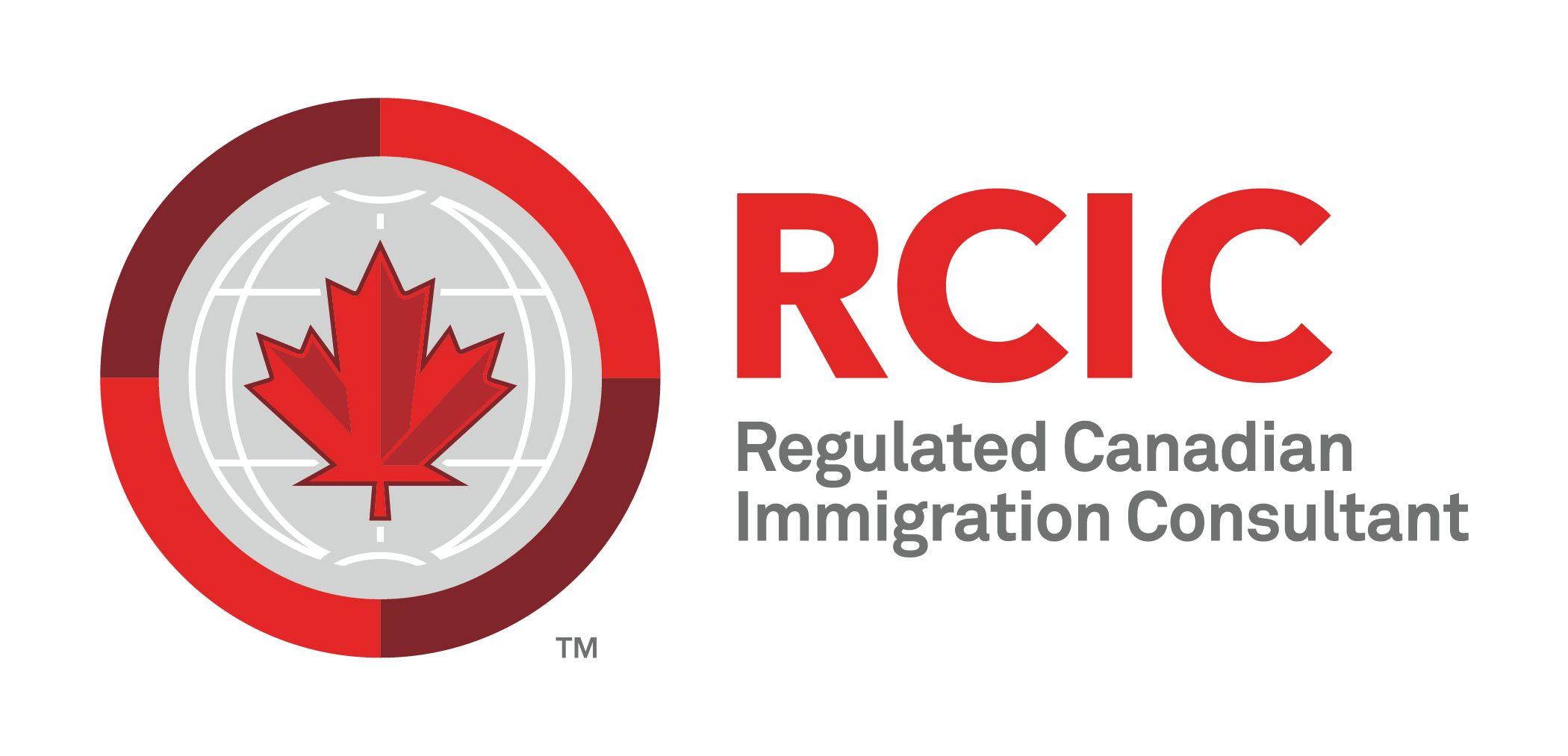Employment in Canada rose in March as job vacancies dropped to the lowest level since COVID-19

In a positive turn for the Canadian job market, Employment in Canada figures rose in March, marking the second consecutive month of growth. According to the latest Statistics Canada data, the number of employed individuals increased by 51,400, or 0.3%. This surge in employment comes as job vacancies have dropped to their lowest level since the onset of the COVID-19 pandemic. Prince Edward Island saw an increase of 600 vacancies (28.3%). Job vacancies remained unchanged in the other provinces.
Employment in Canada Growth Across Sectors
The March figures highlight employment gains across 11 of 20 sectors, underscoring a broad-based recovery. The healthcare and social assistance sector led the charge, adding 11,700 jobs, a significant 0.5% increase. This sector’s growth reflects the ongoing demand for healthcare services and social support as the country navigates the post-pandemic landscape.
Educational services also saw a notable rise in employment. Over the year from March 2023 to March 2024, the sector added 31,600 jobs, a robust 2.2% increase. This growth is indicative of a rebound in educational activities and a return to more stable operations in schools and universities.
Thinking about starting a career in Canada? Get a free assessment!
Other sectors experiencing growth include manufacturing, which added 7,300 jobs (0.5%), construction with 2,600 new positions (0.2%), and wholesale trade, also with a 2,600 job increase (0.3%).
Job vacancies in Canada fell significantly by 40,600 (6.2%) to 610,700 in March, marking the lowest level of vacancies since the COVID-19 pandemic began. This decline in vacancies suggests that more positions are being filled as the economy recovers.
Regionally, the decrease in job vacancies was most pronounced in Ontario, Quebec, British Columbia, and Newfoundland and Labrador. These provinces saw a substantial reduction in the number of open positions, reflecting a tighter job market and successful hiring initiatives.
In contrast, Prince Edward Island experienced an increase in job vacancies, adding 600 positions, a striking 28.3% rise. The other provinces saw no significant changes in their job vacancy rates.
For skilled workers, PNPs Provide A Route To Economic Immigration.
The Comprehensive Ranking System (CRS), a point-based system, is used to compare the profiles of the candidates with one another. The applicants who score the highest will be invited to apply (ITA) for permanent residence. After obtaining an ITA, applicants have 90 days to complete their application and pay processing fees.
Nearly all of Canada’s 10 provinces and three territories can also propose skilled worker candidates for admission to Canada through a network of Provincial Nominee Programs (PNP) if they possess the particular talents needed by local economies. After being nominated by a province or territory, qualified individuals can proceed to apply to the federal immigration authorities for permanent residence in Canada.
As Canada continues to recover from the impacts of the COVID-19 pandemic, these employment trends offer a hopeful outlook for the future.
If you want to know more details about “Employment in Canada rose in March as job vacancies dropped to the lowest level since COVID-19“ you can contact one of our immigration specialists at Gunness & Associates.
Tel: (416) 604-2669
Email: info@immigrationmatters.info
Gunness & Associates has helped thousands of people successfully immigrate to Canada with their families. Our skilled and experienced immigration experts have the expertise to accurately examine your case and advise you on the best method of proceeding to serve your needs.
For honest and straightforward advice, contact the experts
Get a free Assessment
Join our newsletter and get up-to-date immigration news Click here
All rights reserved ©2024 Gunness & Associates







